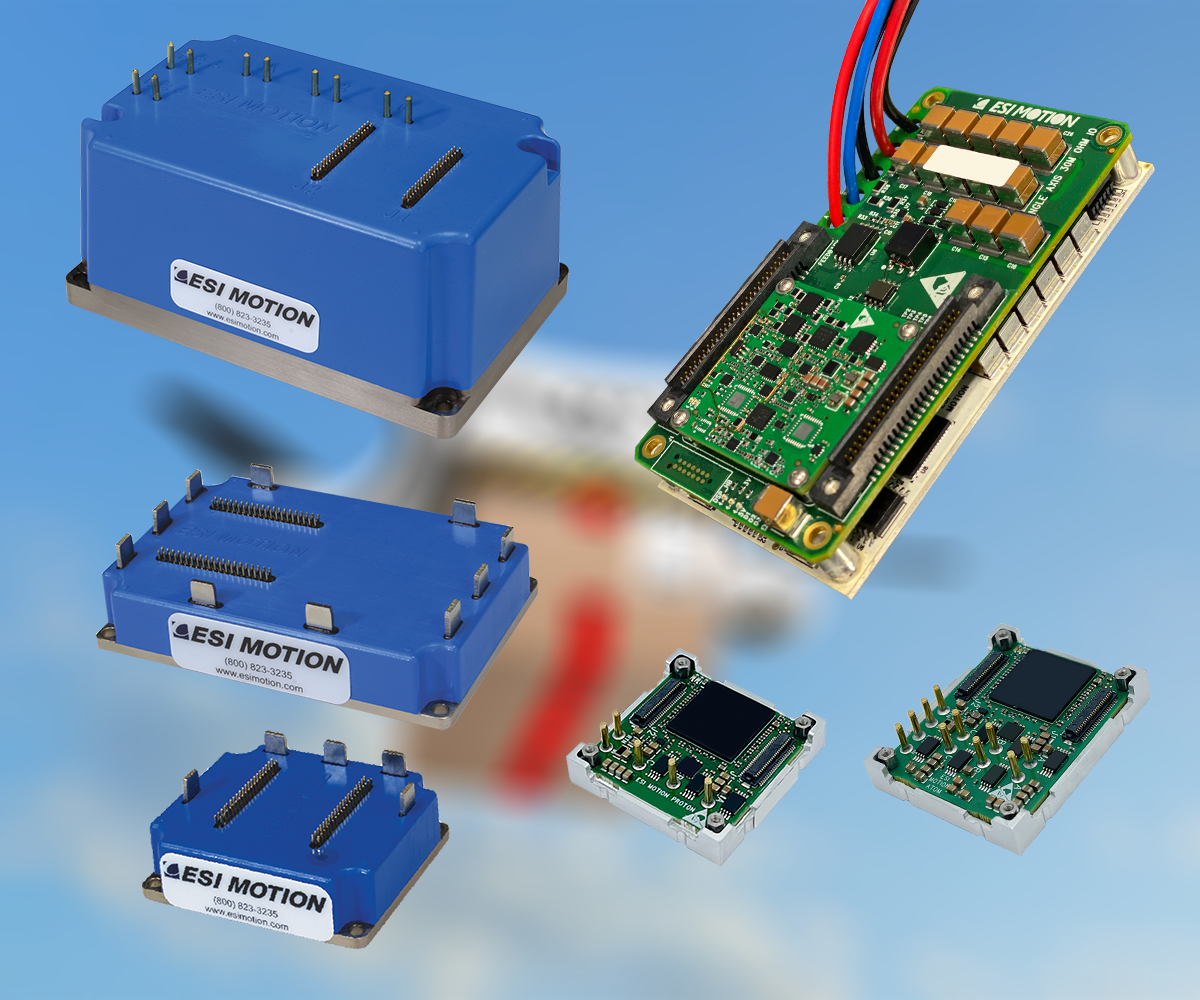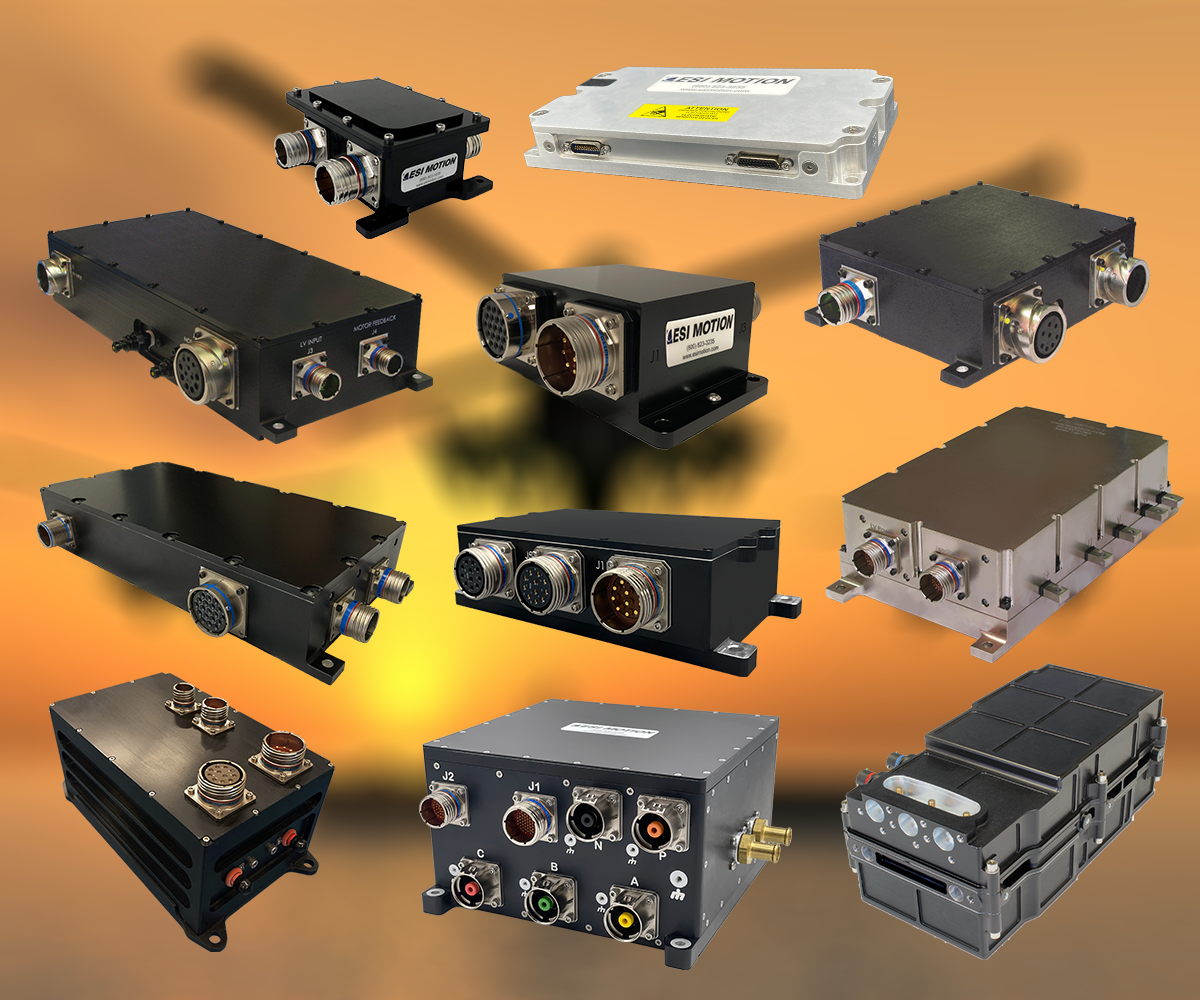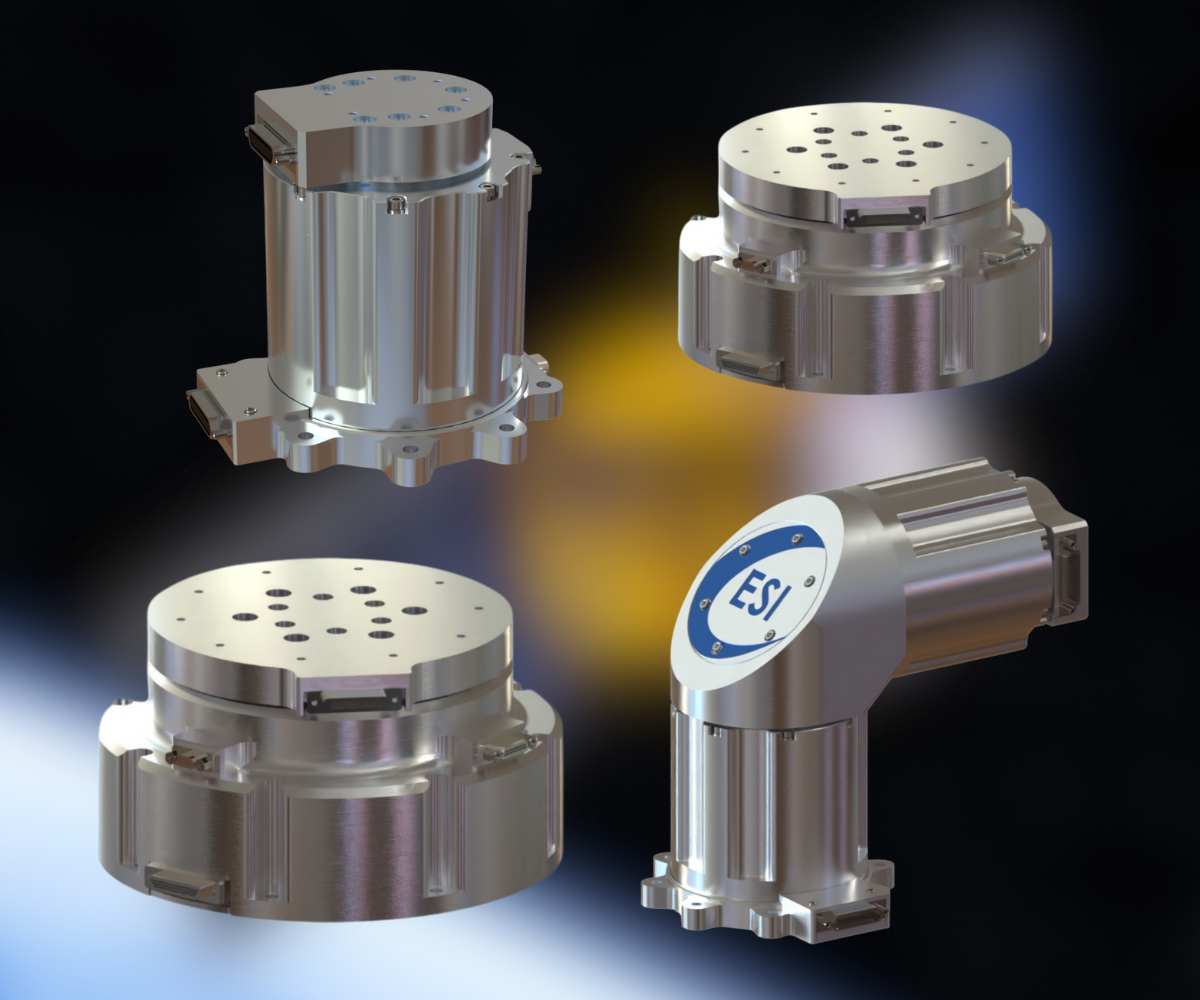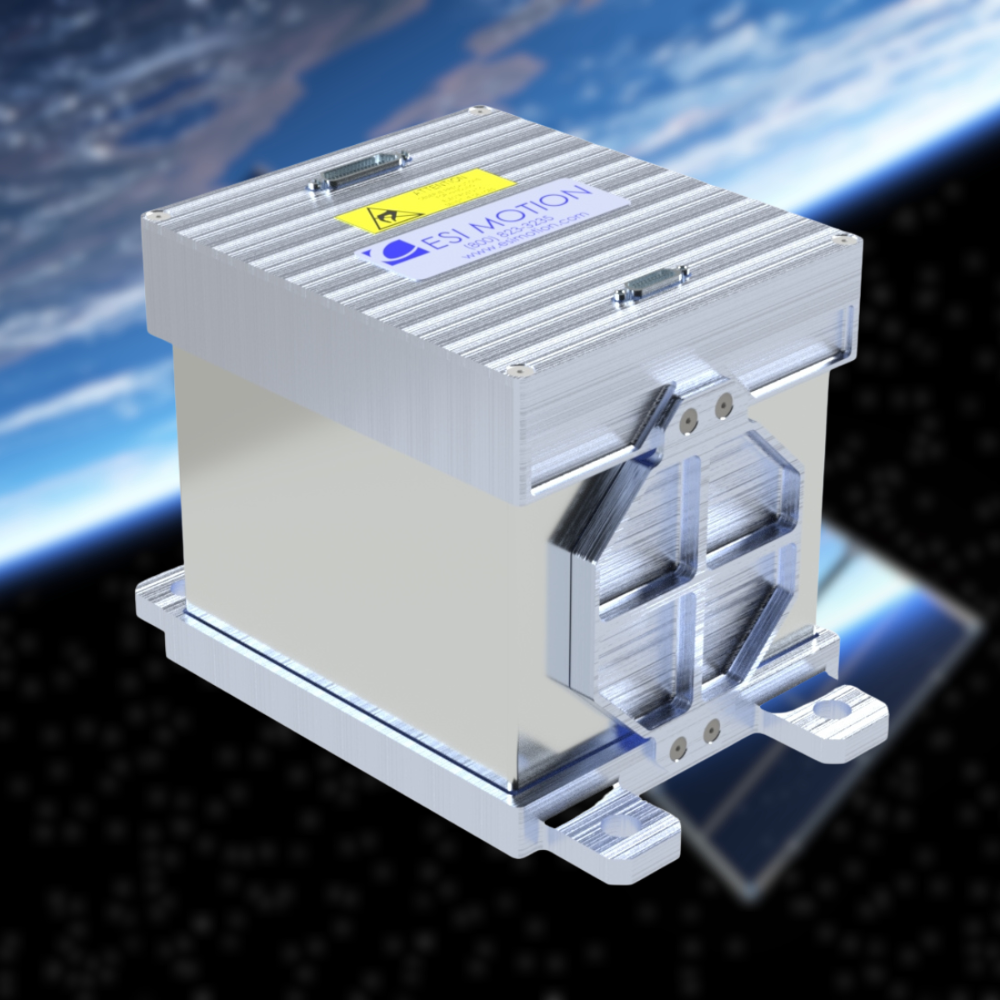In space systems, motion controllers and encoders work hand-in-hand to achieve precise, reliable movement of critical components like antennas, solar arrays, robotic arms, and scientific instruments.
Here’s how they complement each other:
1. Role of Motion Controllers
The motion controller is the “brain” of the movement system. It receives commands from the satellite’s onboard computer (e.g., “rotate antenna 0.05° per second” or “point telescope to a specific target”).
It converts these commands into drive signals (current/voltage) for the motors. Motion controllers also handles closed-loop control (feedback from sensors) to keep motion accurate and stable.
2. Role of Encoders
The encoder is the “sense of position and speed.” It attaches to a motor or mechanism and provides feedback about the exact angular position, rotation speed, and direction.
Encoders in space must be radiation-tolerant, resistant to vacuum outgassing, and capable of operating in extreme temperature swings. They enable precision pointing—often down to fractions of a degree, which is vital for communication links or imaging.
3. How They Work Together (Closed-Loop Control)
- Satellite computer sends a movement command.
- Motion controller drives the motor to execute the motion.
- Encoder measures the actual position/speed and sends feedback to the motion controller.
- Motion controller compares the “commanded” vs. “actual” position.
- If there’s any error (overshoot, drift, or lag), the controller corrects the motor signal.
This feedback loop continues in real-time, ensuring ultra-precise, stable motion even in the harsh space environment.
4. Why This Matters in Space
- High Precision: Needed for pointing antennas at Earth, aiming telescopes at stars, or aligning instruments.
- Reliability: Without encoders, controllers would be “open-loop” (blind), risking misalignment or loss of signal.
- Efficiency: Prevents wasted energy from over-driving motors or making corrections too late.
- Longevity: Smooth, controlled motion reduces wear on gears, motors, and bearings.
In Conclusion, motion controllers are the decision-makers, and encoders are the eyes—together they form a closed-loop system that enables satellites and spacecraft to move and point with extreme precision.
ESI Motion has experience with both encoders and servo controllers necessary for a successful space application. As an industry leader, ESI Motion possesses the know-how, experience, and support to help you achieve your mission goals while ensuring optimal performance and longevity for your equipment. We offer many solutions based on your needs, and timeline with Commercial Off-The-Shelf, Modified and Full Customization Space-Rated Systems!
Contact ESI Motion by calling +1.800.823.3235 or email us at sales@esimotion.com. If you need any technical support, our team is here to help.
Click Here to see more of our solutions.





